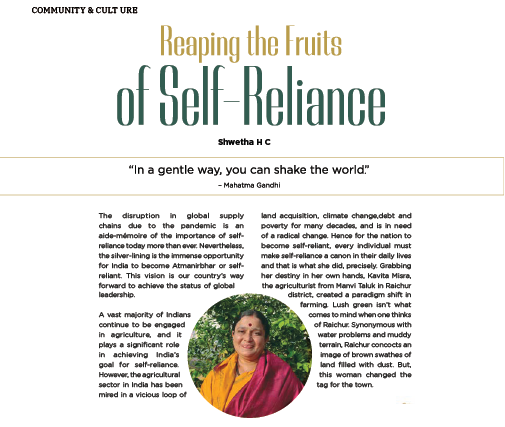ROMANCING THE MYSTICAL CONTOURS OF DEATH VALLEY
In every walk with nature one receives far more than he seeks.
G limpses into Desert History DV weaves an interesting human history. To quote a line from the Park’s website, “The human stories in this vast land are as numerous as the variations of color found in the hills and valleys here.
‘Death’ Valley, the forbidden name, when heard for the first time, hits the ears hard enough to immediately unleash a jet of spooky feelings and spine chilling imageries. A few retreating steps back in time, however, are enough to put the dreary minds and conjecturing hearts to rest. Legend goes that the seemingly intractable landmass was christened in 1849 by a group of woeful emigrants who were lured into taking an imagined quick route to reach the newly found goldfields of California via Sierra Nevada. In their attempt to get across the harsh stretch they had to endure intense hardships and suffering for over four months. For long the towering Panamint mountain stood as an impenetrable wall. While one in the group succumbed tothe prolonged struggle to get across the salt flats and pass over the Panamint range via Warm Springs canyon, other fellow travellers, weary and discouraged though, could ultimately manage a heroic escape out of the scary labyrinth.The irking remnants of the obnoxious encounter shaving taken deep roots in the minds of the survivors, as they made their way out of the valley to finally travel westward over.the mountains, a female voice seemed to have proclaimed “Goodbye, Death Valley,” giving the valley its morbid name.
Prior to the incident, the unique geological terrain was scarcely known except to a bunch of native Americans called Timbisha Shoshone Indians and prospectors exploring the surrounding mountains in search of minerals. Apart from the valley floor, the Timbisha tribal homeland also encompasses the surrounding mountains. A brief scientific mention of the valley was made in 1868 by a California-based state geologist in a publication. As DV posed an obstacle to movements of pioneer settlers, the area remained seldom visited until the 1870s, when gold and silverwere discovered in the surrounding mountains. Later, in the 1880s, following the discovery and production of borax,miners began to flock the region. Settlements of miners sprouted up new townships. A prominent among them was Rhyolite, a gold-mining boomtown of 10,000 people founded in 1904, with its own stock exchange, jail, train station, electric plant, and opera. However, the existence of these mining towns was only short-lived and they wore a deserted look with the depletion of the mines. Rhyolite still stands as a ghost town with a handful of musings of the golden days.


.png)